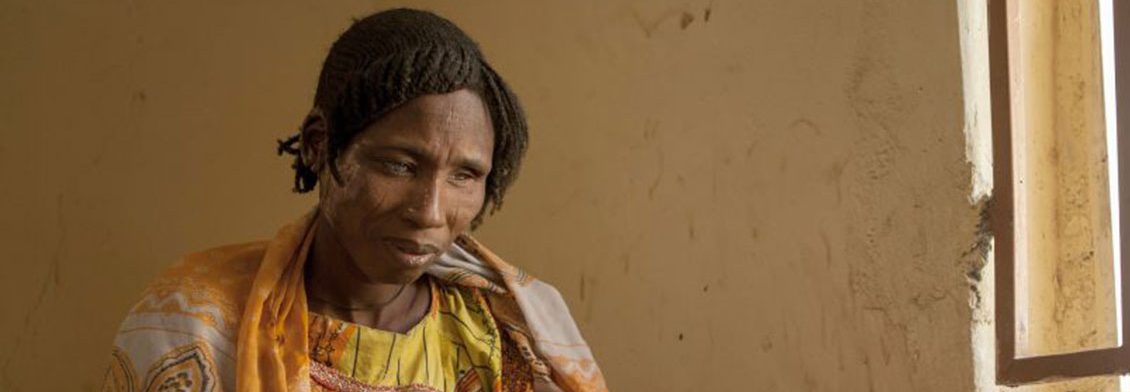In an in-depth article accompanied by haunting portraits of Boko Haram survivors, the New York Times recounts the survival tales of 18 young girls who were captured by Boko Haram, then sentenced to die by having explosives strapped to their waists. According to Unicef, more than 110 children have been used as suicide bombers by the terror group in 2017, and well over half were girls. One girl was forced to detonate her explosives with a baby on her back.
Most of the girls who survived declared to the intended victims that they were unwilling and had been forced to walk into crowds, hospitals or mosques by the militants.
“I can’t kill people, especially innocent people,” Falmata, a 16-year-old survivor, said.
“They told me to go to the big mosque and sit among the worshippers,” Fati, 14, told the Times. Instead, Fati walked into a police station, declaring that she needed help. Thought the police were initially terrified and fled, they ultimately returned, telling the young girl to leave the bomb in a nearby field.
But the story frequently does not have a happy ending, even for children who are not wearing any explosives at all. The Times reports that in the last three months of 2017, 13 children—one as young as 11—were killed by paranoid soldiers or civilians who mistakenly thought the children were suicide bombers.
There is a silver-tinted lining to future for the 18 who did survive and escape. Many are now attempting to live normal teenage lives in the Nigerian city of Maiduguri, where they dream of becoming doctors, teachers and lawyers.
“I can’t kill people, especially innocent people,” Falmata told the Times.
This article was featured in the InsideHook newsletter. Sign up now.
























